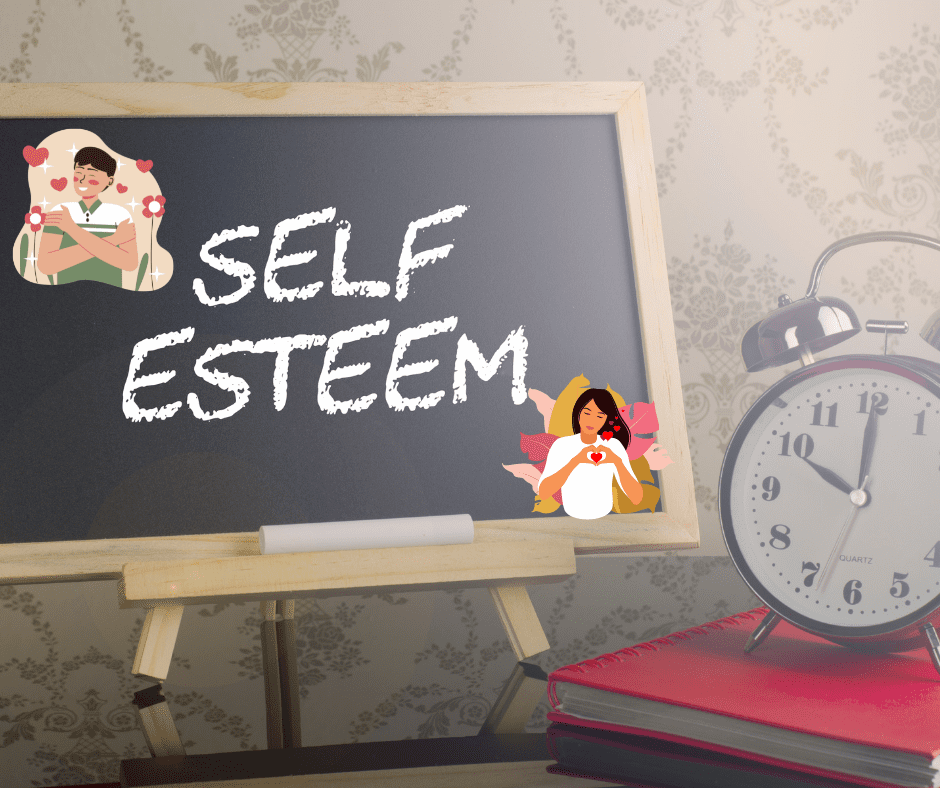
By: Shelly-Anne Johnson
Self-esteem is so much more than thinking positively about yourself. It is wrapped in the way you feel about yourself at your core. It is the confidence you have in your own worth, your value, your abilities, and the respect you have for yourself. It shapes the way we show up in the world and the regard we have for ourselves and others. Self-esteem directly influences the choices and decisions that we make.
TYPES OF SELF ESTEEM
There are three major types of self-esteem: Low self-esteem, Inflated self-esteem, and High self-esteem. People with low self-esteem tend to look down on themselves and think they are below average. Some effects of low-esteem can include poor relationships, depression, anxiety, addiction and other mental health concerns. On the other end of this spectrum is inflated self-esteem. These people tend to think they are better than, and look down on others. This can also lead to relationship issues as they are often not capable of meaningful relationships partly because of their lack of attention to the needs of others. People with high self-esteem tend to have a better balance and fall in the middle of the two. They believe in themselves and their abilities. They are often very confident which allows them to be themselves without the fear of being judged. These people are typically team players as they recognize the value that they and others bring to a team.
CHANGE YOUR THOUGHTS, CHANGE YOUR MIND
The shift from inflated or low self-esteem to high esteem can be achieved through the power of your thoughts. You have the ability to harness your thoughts and beliefs in order to become the person you intend to be. Here are a few steps you can take to shift your mindset:
- Become Mindful of your thoughts and beliefs about yourself and others: Ask yourself if these beliefs are true and if you would say them to someone you care about. If the answer is no, then you shouldn’t say them to yourself either.
- Challenge negative or inaccurate thinking: Don’t be afraid to challenge long seated beliefs if you know they are negative.
- Pay attention to thought patterns that eat away at your self-esteem: Examples include converting a positive to a negative, jumping to negative conclusions, negative self-talk, etc.
- Adjust your thoughts and beliefs: Use hopeful statements, avoid “should” and “must” statements, encourage yourself, forgive yourself.
- Practice Self-Compassion: Accept yourself as a work in progress.
The bottom line is; you get to choose how you show up in the world. We all have things on our past, both negative and positive, that shape the people we are. It is up to us to decide if we will grow from these life events, or let it keep us in a negative place. The road to true self-acceptance is not an easy one, but the reward of high self-esteem that comes with it is priceless.
